Packing a pipe looks easy. Sprinkle some tobacco, press it down, light the match-simple, right? That kind of thinking ruins more sessions than bad gear ever will.
Most beginners jump in without any sense of airflow, moisture balance, or layering technique.
And unlike comparing with cigar smoking-where draw resistance is more forgiving-pipe smoking demands precise packing to maintain airflow and flavor consistency.
A bowl that feels tight. Flavor that disappears. Smoke that burns too hot or keeps going out. All of that comes from the pack.
Real results come from rhythm and control. Proper airflow does more than any upgrade ever could. The pipe responds to precision, not pressure.
Everything starts with how you prepare it. The right method brings out flavor, consistency, and ease. The wrong one turns the whole session into a mess.
Let's go through the most common mistakes and show how to avoid every single one.
1. Overpacking the Bowl

Applying too much pressure when packing tobacco blocks airflow and traps heat. Many beginners press down too firmly or fill the entire bowl in a single motion.
That creates dense layers that the flame cannot pass through. When the bowl lacks internal space, the ember weakens and the draw turns harsh or uneven.
Pipes with curved stems and tight chambers amplify this mistake. A bend in the airway adds resistance. Compression near the bottom cuts off the flow. Even high-quality tobacco cannot perform when the airflow breaks down at the pack.
How to Fix It
Use a layered approach. Let the tobacco fall in naturally. Tamp lightly between fills. Build the structure in three stages:
- First layer: loose fill, barely pressed
- Second layer: moderate fill with soft shaping
- Final layer: slight mound tamped firmly, never crushed
Model to Consider
Straight pipe offer cleaner airflow and make packing mistakes easier to correct. For beginners learning airflow control, good starting points include:
Pipe Myway The Wise Man Army B Smooth - Barrel
2. Using Tobacco That Is Too Moist
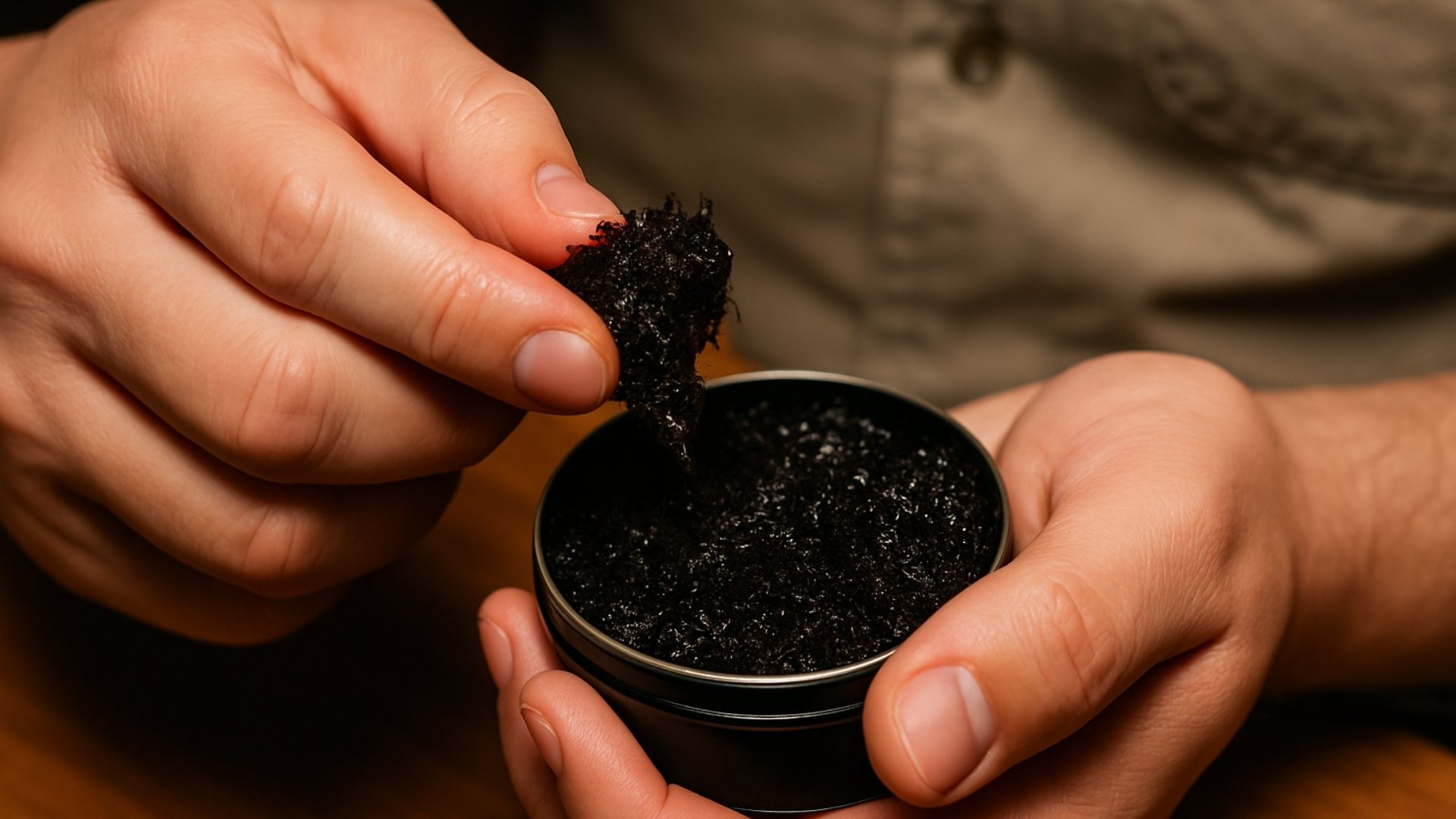
Tobacco that feels fresh in the tin often holds more moisture than it should. Once packed, it burns unevenly, bites the tongue, and produces a thin, bitter smoke.
Condensation builds quickly inside the stem and disrupts the airflow. What starts as a promising bowl turns into a mess before the halfway point.
Storage pressure pushes moisture deep into the strands. Even blends that seem dry on the surface may still carry dampness at the core. That hidden moisture rises during the smoke, weakens the ember, and leads to constant relighting.
How to Fix It
Check the moisture before packing. Pinch a small amount between your fingers. If it clumps or feels sticky, it is too wet.
Lay it out on a flat surface and let it dry for 10 to 15 minutes. Tobacco that feels springy but dry to the touch lights easily and burns with control.
Flake tobacco requires extra care. Rub it out completely, then check the moisture level again. Flakes often hide damp spots that affect burn quality. Let them air out until the texture evens out.
Models to Consider
Moisture-related issues appear more often in pipes with curved stems and narrow chambers. The airflow moves more slowly through these shapes, allowing more condensation to form.
Dublin bowls, with their conical design, also tend to concentrate moisture near the bottom, which increases the chance of buildup mid-smoke.
If moisture control still feels difficult, use a straight pipe with a wide, open bowl. That gives you a better chance of managing airflow and noticing moisture problems before they affect the draw.
3. Skipping the Test Draw
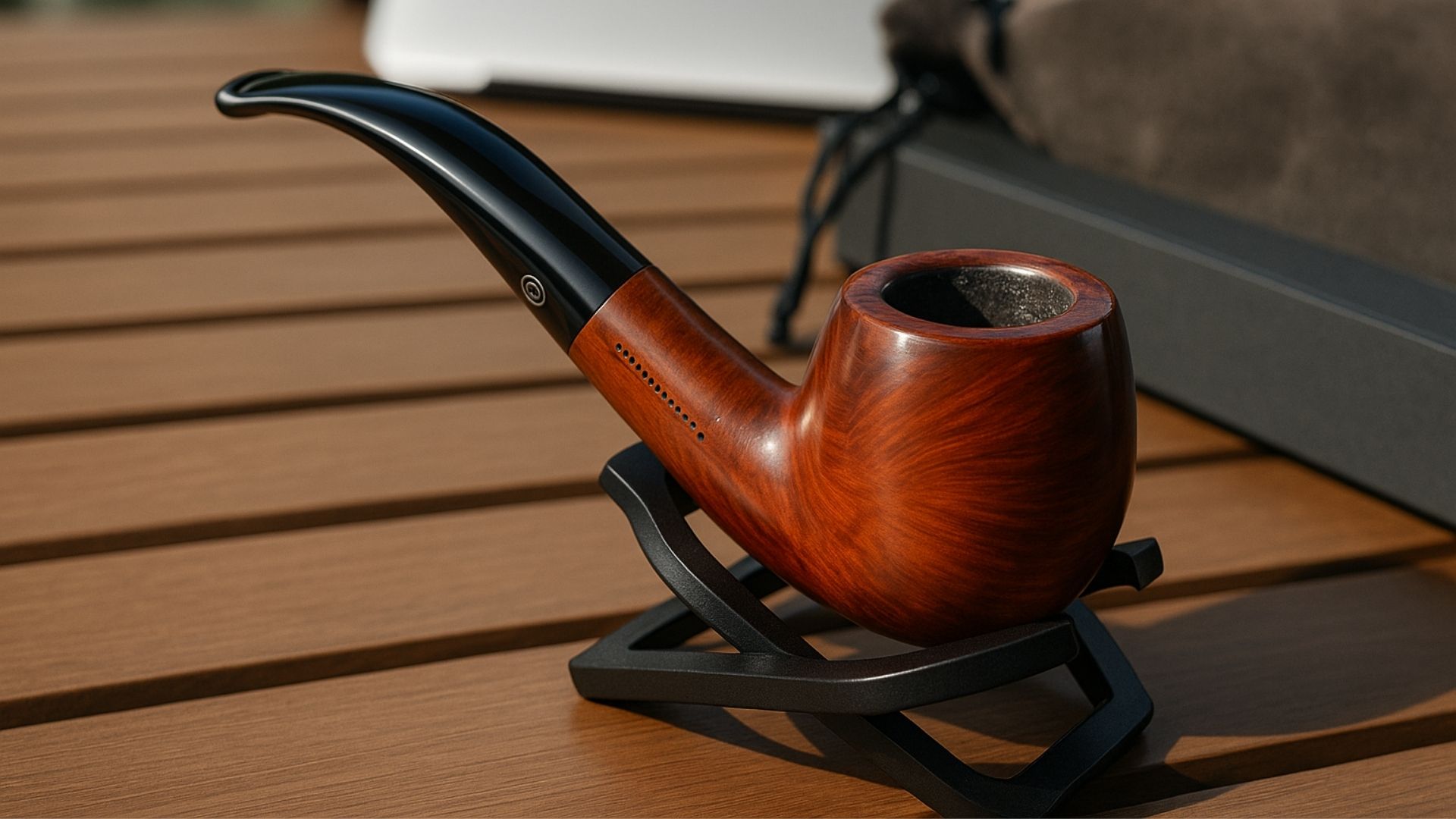
Always take a gentle test draw right after packing. Do it before the first light. The draw should feel natural-like sipping through a straw with some resistance. If the air pulls freely but with slight tension, the pack is ready.
If the draw feels tight, loosen the top layer with your tamper. If it still resists, empty the bowl and start again. No pack works if the airway is blocked.
Make the test a habit.
4. Tamping Too Hard Too Early
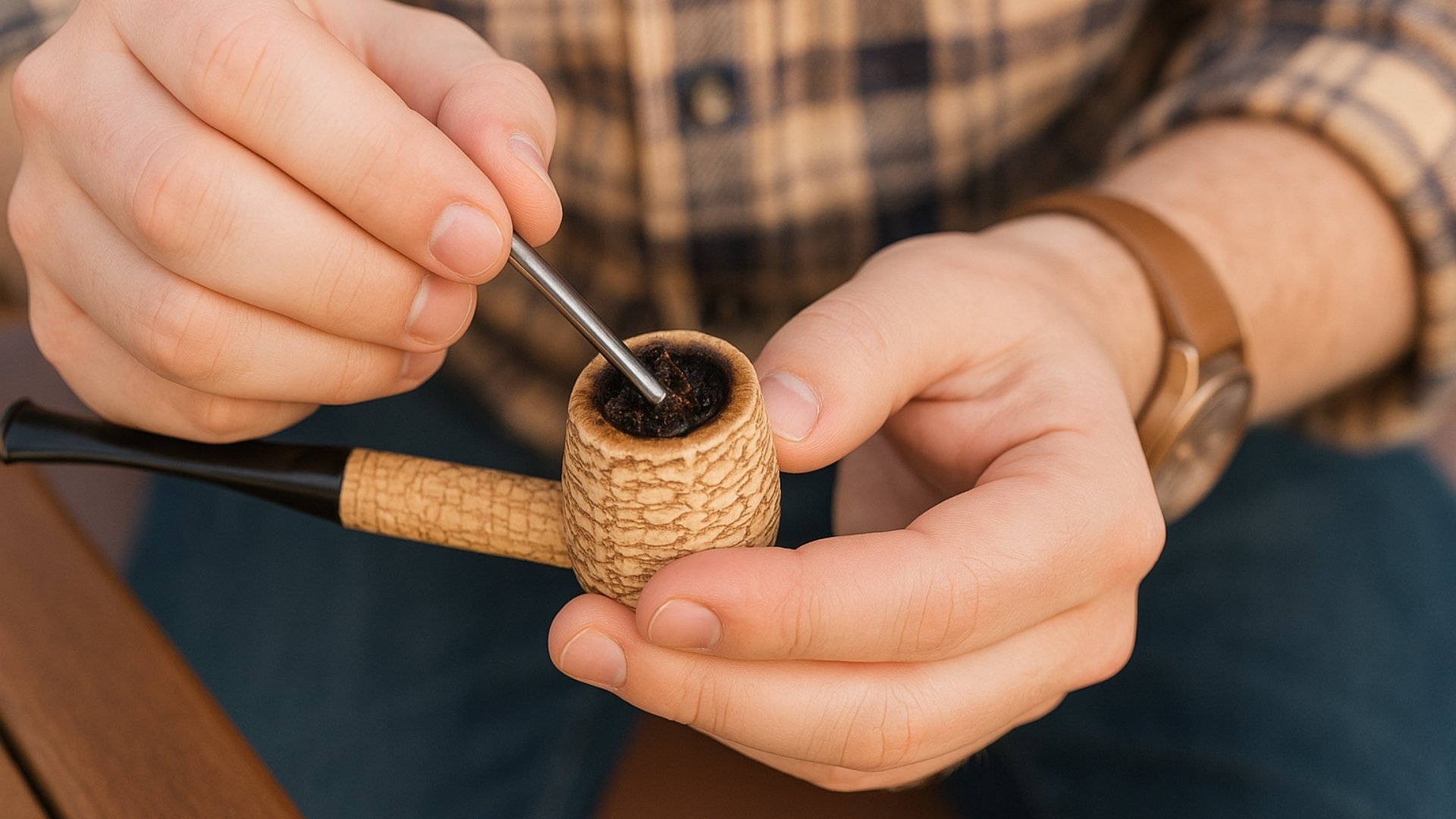
After filling the bowl and taking a successful test draw, many beginners press too hard during the first tamp.
That flattens the tobacco too quickly and compresses the layers before combustion even begins. Once the bowl is lit, airflow breaks down, and the smoke turns hot, bitter, or uneven.
Early over-tamping removes all cushion inside the bowl. The ember loses contact with the air. Instead of burning steadily, it struggles to stay lit. Even a well-packed bowl fails if the top layer collapses under too much pressure.
How to Fix It
Tamp in stages. Start with a light touch. Let the first press settle only the top layer. That creates the foundation for structure-not the structure itself.
The second tamp shapes the middle of the pack with moderate force. Use the final tamp to level the top with slightly firmer pressure, just before lighting.
Think of the tamper as a shaping tool, not a compactor. Let the bowl take form slowly. Each layer supports the next. Force skips that process and breaks the airflow.
Models to Consider
Pipes with wide, shallow chambers make tamping easier to control. These shapes help prevent over-compression and let the smoker feel the response of each layer. Solid options include:
Pipe Savinelli Siena Smooth - Bent Billiard - wide bowl and straight design for better tamp feedback
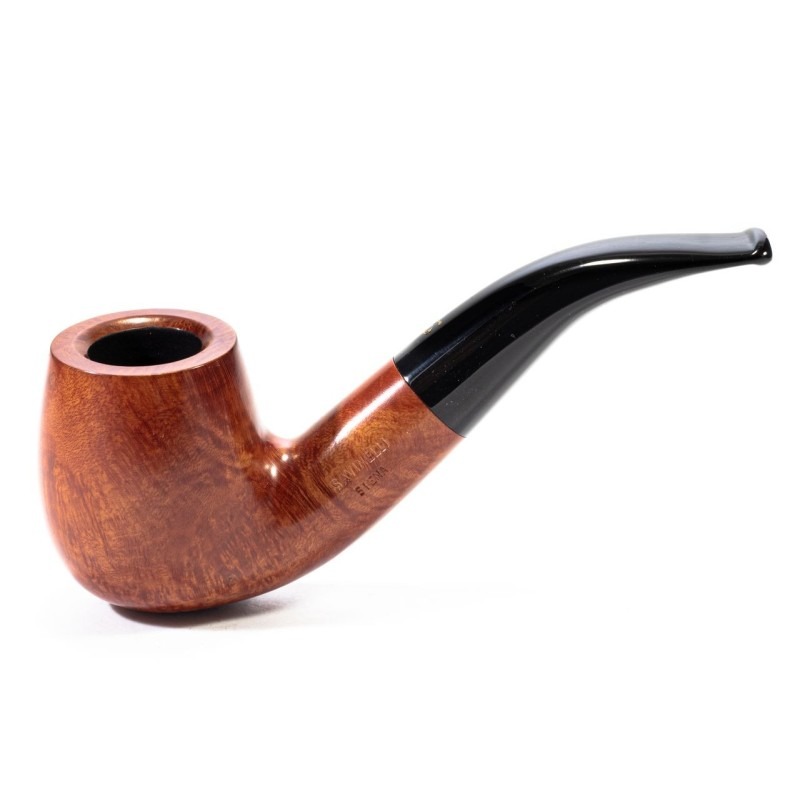
5. Packing Without Bowl Awareness
You cannot pack every pipe the same way. A Dublin is not an Apple. A Churchwarden is not a straight billiard. Bowl shape changes how the tobacco burns, how heat moves, and how the draw behaves. Applying one method to every shape leads to problems fast.
Many beginners miss this completely. They repeat the same packing routine across all pipes. That habit creates inconsistent airflow, uneven combustion, and frustrating results.
Let's break it down:
-
Tapered bowls (like Calabash or Dublin) narrow toward the base. Packing these like a straight chamber compresses the lower part too much and blocks the draw. Use a lighter touch and watch resistance build faster.
-
Wide, shallow bowls (like Apple or Pot) give more space for layering. That freedom can backfire if the pack becomes too loose or too dense.
-
Tall, straight bowls demand pacing. Each layer must be placed deliberately to maintain airflow from top to bottom.
-
Bent pipes trap moisture in the curved shank. Packing too tightly at the bottom of the bowl near the draft hole causes a buildup halfway through the session.
Even similar-looking pipes behave differently based on small changes in chamber depth and shape. Use your fingers. Check how the bowl narrows.
Feel how much pressure it takes before resistance forms. The shape tells you how to pack-if you pay attention.
6. Ignoring the False Light Step
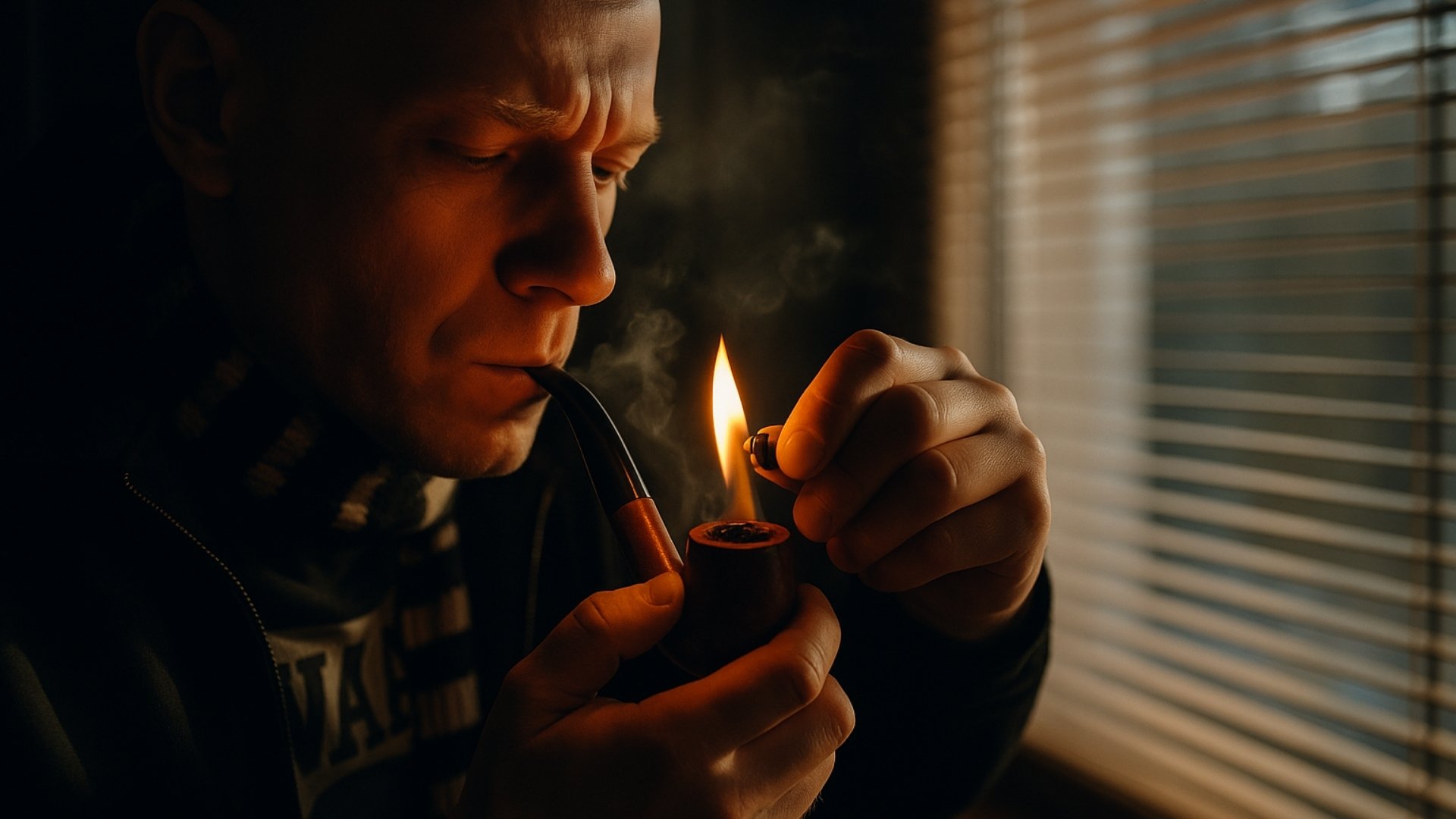
Lighting a pipe is not a single move. There are two steps-and skipping the first one is why most bowls start uneven, burn patchy, and need constant relighting. That first step is the false light.
Most beginners strike the match, take a few strong puffs, and think the bowl is ready. The top burns for a moment, then fades. Then comes the confusion. Then comes the flame again. Then the same failure.
The false light sets the foundation. It prepares the surface and drives out excess moisture. It shapes the ember zone without fully igniting the bowl. Without it, the top layer stays loose and puffs inconsistently. The ember can never settle.
Here is what the false light actually does:
-
Even the surface of the tobacco
-
Burns off residual humidity
-
Prepares the bowl for full ignition
-
Tells you how the pipe will draw once lit
Use a match or soft flame. Move it in circles across the top of the bowl. Take a few short puffs-not deep draws-just enough to toast the top layer. Let it rise. Then tamp it gently to level the tobacco. Now the surface is ready. That's when you light it for real.
Without the false light, the whole pack works against you. With it, the burn stays steady, the flavor develops, and the smoke runs clean.
7. Lighting a Dirty Pipe
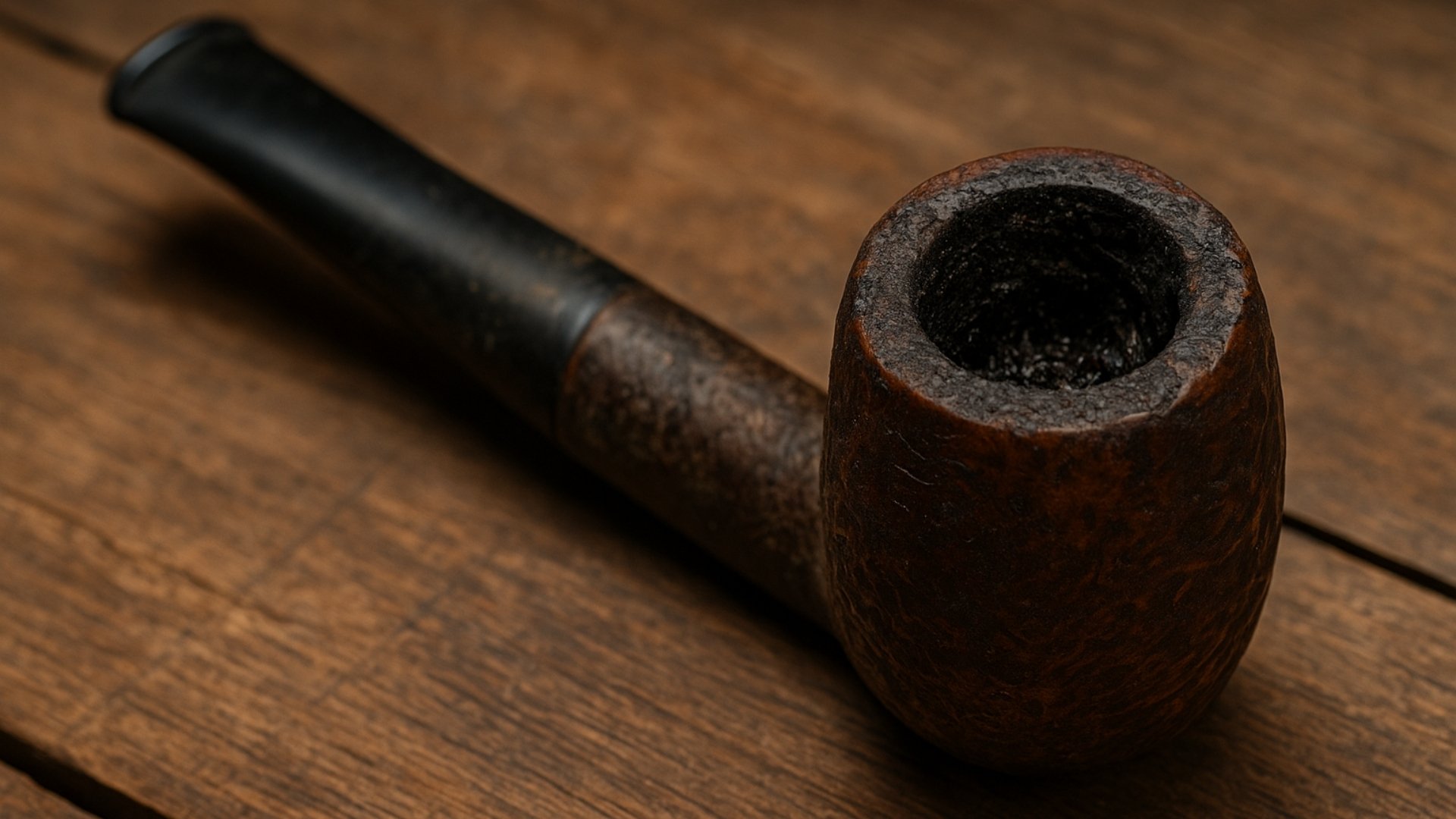
Every used pipe holds the remains of the last session. Ash settles in the chamber. Oils line the airway. Moisture collects deep inside the stem. Packing fresh tobacco over that buildup ruins the next bowl before it starts.
Draw resistance shows up without warning. Flavor turns bitter. The burn weakens. Most beginners blame the tobacco or the packing when the real issue is residue from the previous smoke.
Tobacco needs a clean chamber to perform. Tar and ash block airflow and dull every blend. The pipe stops working long before the smoke reaches halfway.
Cleaning takes minimal effort, but timing matters.
After each session:
-
Let the pipe cool fully before cleaning
-
Run a pipe cleaner through the stem to remove moisture and loosen debris
-
Tap the bowl gently to clear remaining ash
-
Leave the pipe out to dry before returning it to storage
For deeper maintenance, use abrasive cleaners every few smokes-not every week by default. Alternate them with soft pipe cleaners. That clears out stubborn buildup without damaging the stem.
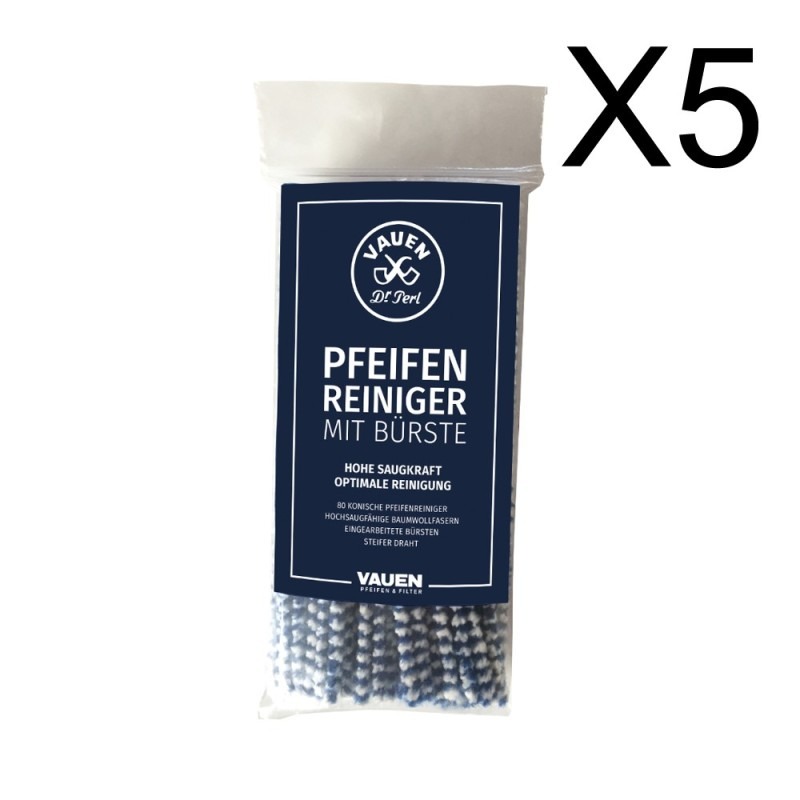
8. Forcing Herb with Fingers
Rushing the fill is where a lot of smokes go wrong. Most new smokers pinch tobacco and press it straight into the bowl. It feels efficient. It gives the illusion of control. But that habit locks the bottom layer before the pipe even has a chance to work.
You can spot the problem before lighting. The draw already feels stiff. The base feels dense to the touch. Air struggles to pass through before you even tamp.
That kind of compression happens when the fill is done with pressure, not gravity. The tobacco clumps and forms a plug. Once that plug sets, no amount of relighting fixes the burn. The ember stays weak, and the airflow stays blocked.
Here is how to fix it:
-
Hold the pipe at a slight tilt
-
Let the tobacco fall in naturally
-
Shake the bowl gently or tap the side so strands settle loosely
-
Avoid using your fingers to pack-use only a tamper once the fill is complete
9. Underfilling the Bowl
View this post on Instagram
Packing too little tobacco seems like a safe choice. It looks clean. It lights fast. It feels easier to manage. Then the bowl burns out early. The flavor disappears in minutes. The smoke feels hot, dry, and empty.
Airflow takes over when there is not enough leaf to slow it down. The flame runs too fast through the chamber. That sharpens the heat and pulls bitterness forward. Instead of a full burn, you get an uneven race toward ash.
This mistake often shows up in tall bowls or narrow chambers. With too little fill, the chamber acts like a funnel. The ember tunnels down quickly and leaves behind patches of unburnt tobacco.
You can spot the signs before the light:
-
Draw feels too easy, almost hollow
-
The chamber looks shallow, with space above the last tamp
-
Tobacco shifts loosely even after tamping
Here is the fix:
-
Use enough tobacco to slightly mound over the rim before the final tamp
-
Tap gently to level it off
-
Test the bounce with your finger-the surface should feel springy but firm
-
If the bowl still feels loose, add a final pinch and shape it properly
-
Some pipes need more structure to function correctly. Wide bowls especially require volume to hold the ember steady.
10. Trying to Save a Bad Pack Mid-Smoke

Once a pipe starts failing, it will not fix itself. Beginners often notice poor airflow, uneven burn, or a weak draw-and instead of stopping, they keep going-one more relight, one more tamp, a deeper puff-none of it changes anything.
The structure has already broken. The ember cannot stay alive. Airflow has collapsed. Flavor disappears, moisture builds, and the session turns bitter.
Every bad pack leaves signs early:
-
The draw feels wrong even before the relight
- Smoke temperature rises sharply with little flavor
-
You start working harder than the pipe
-
Halfway through the bowl, nothing improves
Recovery does not come from forcing it. The best move is to stop completely. Let the pipe cool. Clear out the chamber. Run a cleaner through the stem. Start over, and focus on building the pack correctly.
Final Thoughts
Packing a pipe works best when each step has a purpose. Filling, tamping, checking resistance, lighting-none of it should be rushed or done without thinking.
If the bowl feels off halfway through, the problem started earlier. The draw, the airflow, the ember-those all depend on how you set things up in the first few minutes.
Each mistake covered here shows how small habits can turn into bigger problems.
Full flavor comes from balance. When the pack holds, the draw remains steady, and the ember burns slowly, the session works exactly as it should.

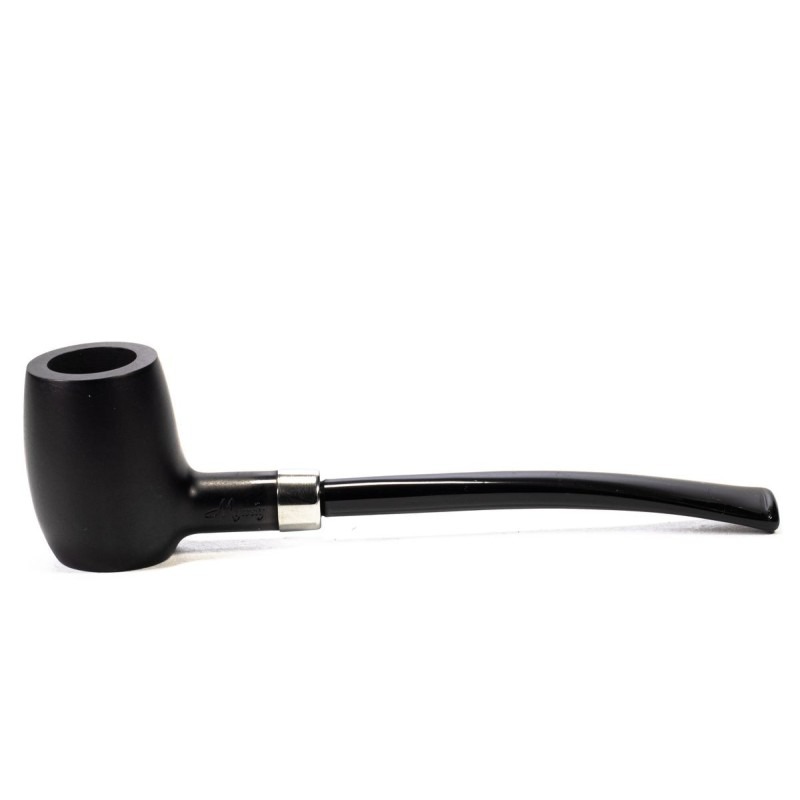
By Sandro baldassarri 07/22/2025 17:59:18
Sono alle prime armi nel fumare la pipa e volevo chiedere, ma se poco dopo che inizio a fumare devo spegnerla per qualche motivo (mi chiamano o devo rientrare in casa) come posso fare per evitare di togliere e mettere del nuovo tabacco? Posso spegnerla e usare lo stesso tabacco al suo interno?
View replies (1) -
By Pipeonline (account_circle Blog Author) 07/23/2025 18:43:58
Puoi interrompere la fumata per 1-2 ore, ma ti sconsiglio di riprenderla se dovesse passare più tempo.